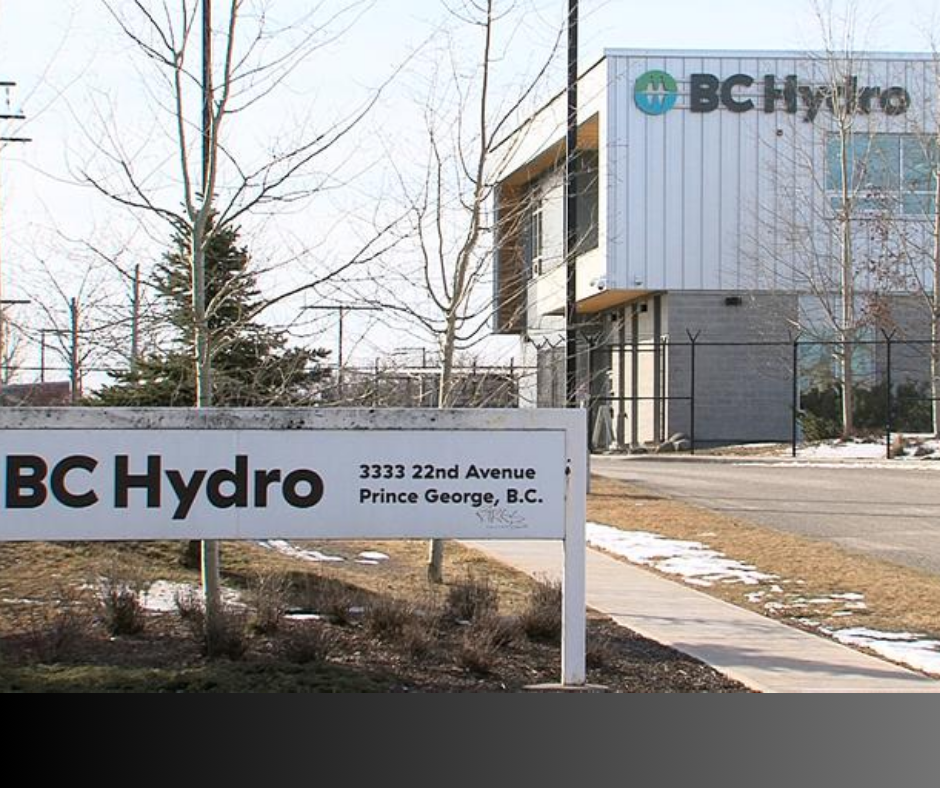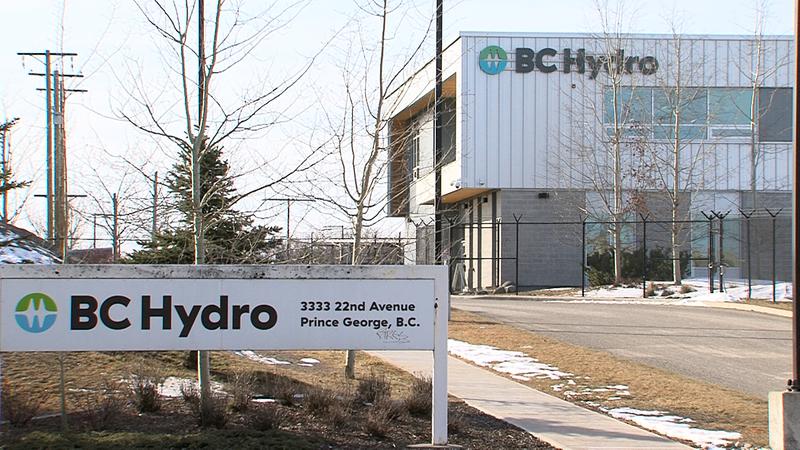Title: Widespread BC‑Hydro Outages Disrupt Thousands
Storms are testing BC Hydro’s system again. On August 11, 2025, about 12,000 customers in Richmond lost power. The areas hit are Seafair, Thompson, and Broadmoor. BC Hydro says the cause remains under investigation. Safety advice is being shared: treat intersections as four‑way stops if traffic lights fail.
Just hours earlier, 10,000 Bulkley Valley customers lost power around Highway 16, between Telkwa and near the Highway 37 North junction. The root cause: a transmission circuit failure. Power was restored by just before 5 p.m.My Bulkley Lakes Now
In both events, residents were left in the dark. Local news spread fast. BC Hydro updated its outage map and social media. Many reached for flashlights. Others checked their fridges. Worries over food spoiling grew. Generators hummed in the distance. Some community gatherings halted. The strain on businesses and schools also surfaced.
Why outages keep happening
Last year was a record breaker. In 2024, over 1.4 million BC Hydro customers faced at least one weather‑related outage. That’s the most ever. Storms that hit late in the year were among the strongest in a decade. Dry conditions and drought had weakened trees near power lines.Coast Mountain News
Storms are getting worse. Climate change is a driver. BC Hydro reports that severe weather is more frequent and damaging. A “bomb cyclone” last November knocked out power for up to 272,000 customers
Winter storms, wind events, and atmospheric rivers have been especially destructive. A December 2024 windstorm left 280,000 customers without electricity across the Lower Mainland, Sunshine Coast, Vancouver Island, and Gulf Islands
How BC Hydro is responding
BC Hydro has stepped up. Vegetation management spending has tripled over the past decade—from $50 million to around $150 million in 2025. This investment goes toward trimming trees and reinforcing infrastructure.
Restoration efforts have also improved. Today, 90 percent of customers are back online within 24 hours, and about 75 percent within 12 hours.
During outages, crews deploy fast. Online outage maps, social feeds, and alerts help communicate status. Tools are sharpened. Weather modelling is enhanced. Forecasts guide better planning. Public communication has been improved
What you can do during outages
If you lose power, stay calm. First, check your breaker. If that’s okay, view BC Hydro’s outage map or report via phone or online.
Unplug major appliances and heaters. Leave one light inside and one outside on, to signal when power returns. Keep fridges and freezers closed—food stays cold longer that way.
If using a generator, follow safety rules: run it outdoors, away from doors and windows. Never plug it directly into a household outlet.
Stay informed. Follow updates from BC Hydro on social media or their website. Avoid downed lines—report them immediately
Looking forward
Outages won’t vanish overnight. Climate change is pressuring BC’s aging grid. Still, BC Hydro’s rising investment and faster response times offer hope.
Communities can adapt too. Prepare emergency kits, have backup power or warm places ahead of storms. Share resources with neighbours. Stay safe—but stay ready.
Word count: approximately 600 words
Let me know if you’d like to adjust tone, add a call-to-action, or include localized advice.


